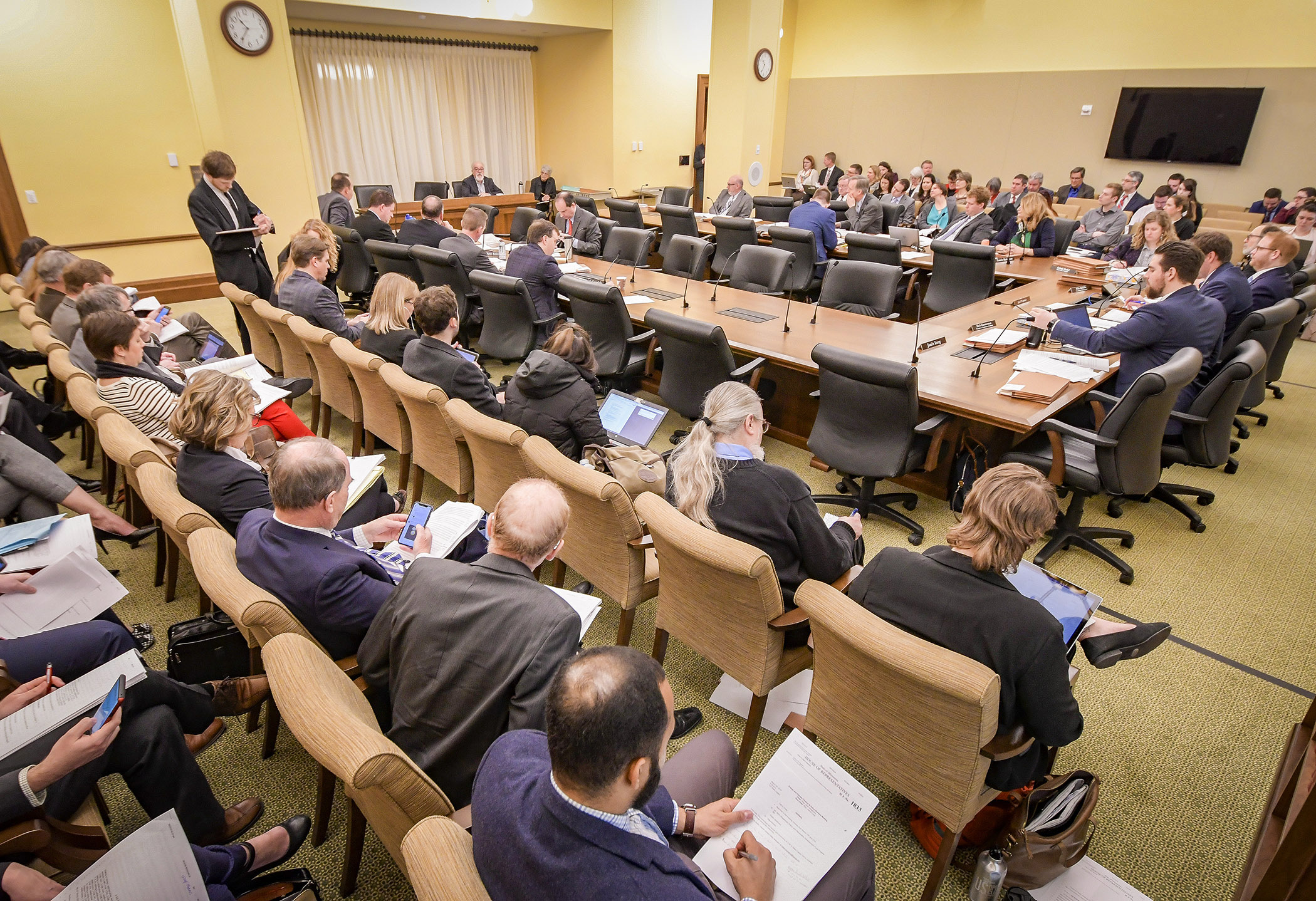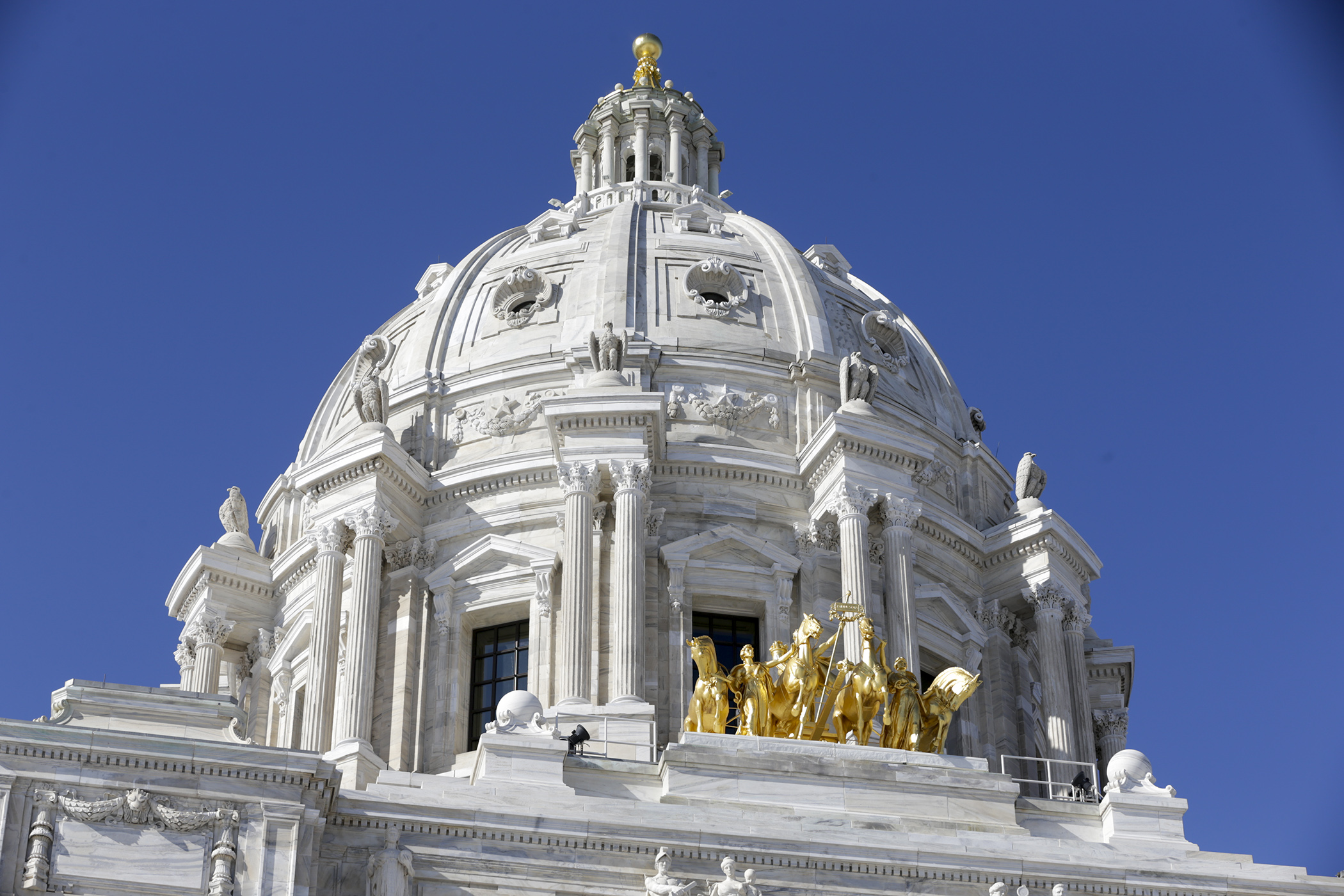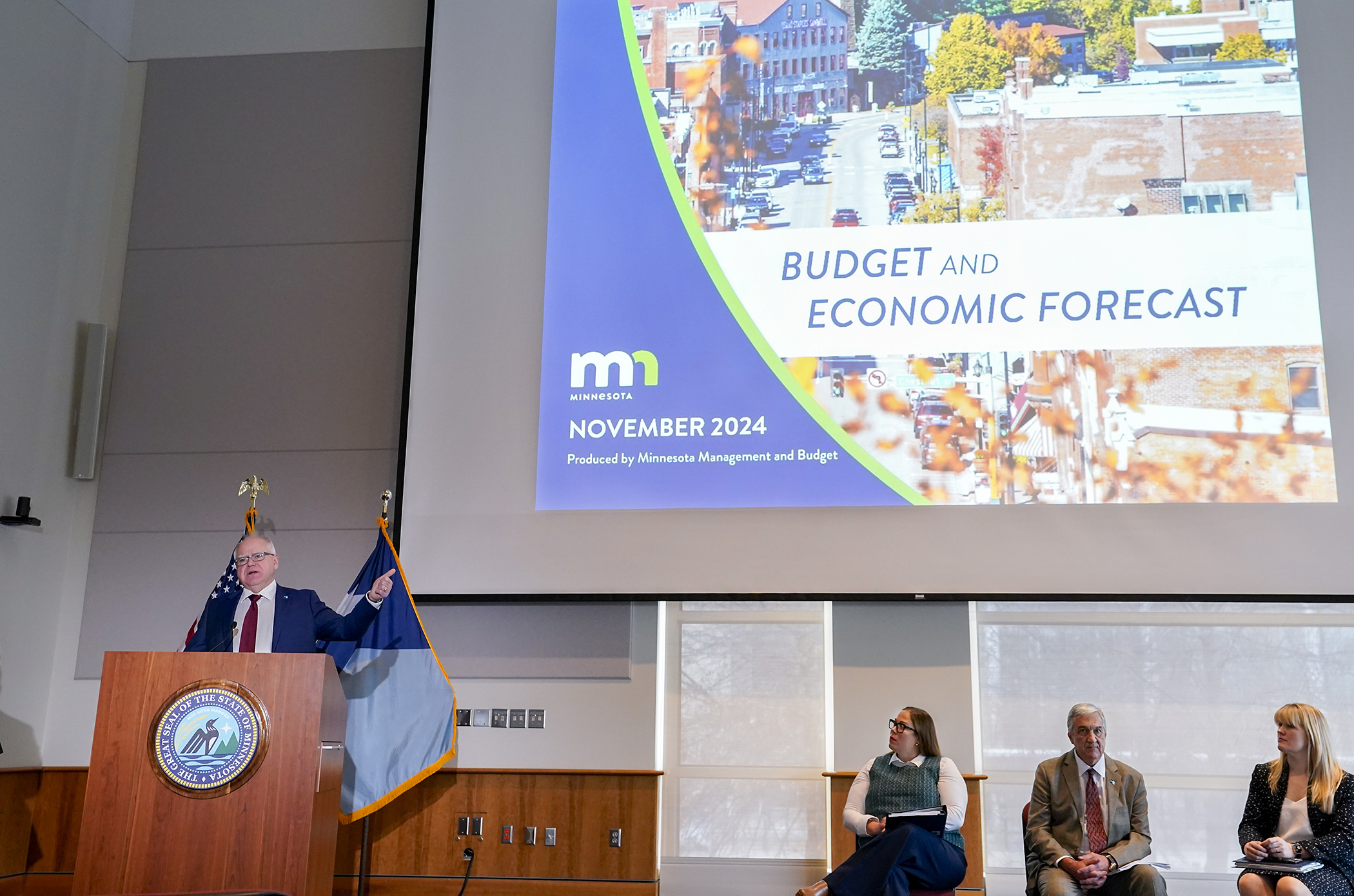House energy and climate division unveils its omnibus proposal

What will it cost Minnesotans to try to make a dent in climate change? About $53 million.
At least that’s the amount put forth in appropriations in the House Energy and Climate Finance and Policy Division’s omnibus bill that was unveiled Tuesday.
After public testimony is concluded, HF1833, sponsored by the division chair, Rep. Jean Wagenius (DFL-Mpls), is expected to take its final form after amendments are proposed and voted upon at Thursday’s division meeting – or possibly Friday, if an extra meeting is required.
In citing the 2018 report of the U.N. Intergovernmental Panel on Climate Change, Wagenius said: “Their researchers say that the world only has the next dozen years to sharply reduce carbon dioxide emissions to head off the most catastrophic impacts of climate change. ... The bill before you is a down payment on an effort to give young Minnesotans the kind of future they want and we want for them.
“Dr. Mark Seeley (former state climatologist) said that Minnesota has experienced the most profound changes in the country due to climate change. He said the pace of change is unprecedented and well documented by science. And he said he could not overstate the problem.
“In our hearings, there’s been a general acknowledgement that we need to reduce carbon. That’s a good place to start. This bill starts with Gov. Walz’s 100 percent carbon-free standard by 2050. It features some very practical steps toward a carbon-free future.”
The largest recipient of the bill’s $42 million in appropriations for Fiscal Year 2020 is $16 million for the “Solar for Schools” program outlined in HF1133, sponsored by Rep. Patty Acomb (DFL-Minnetonka). The money would create a grant program to defray the costs of deploying solar energy systems on school buildings.
The most immediate outlay from the proposed appropriations would be $8.8 million for the Metropolitan Council to purchase electric buses in Fiscal Year 2019, an idea introduced in HF1755, sponsored by Rep. Zack Stephenson (DFL-Coon Rapids).
The rest of the appropriations are for Fiscal Year 2020. Here are how the other expenditures break down:
- $6 million to the University of Minnesota and $6 million to Minnesota State to aid in transitions to renewable energy sources;
- $3.1 million for rebates for electric vehicle purchasers;
- $2.5 million for grants for electric vehicle charging stations, including up to $600,000 for stations at state and regional parks and $100,000 at park-and-ride facilities;
- $2 million for a grant to the Prairie Island renewable energy project, and an additional $3 million in Fiscal Year 2021;
- $2 million to expand and install solar energy devices in state parks;
- $1 million for Low-Income Home Energy Assistance Program community solar gardens, with an additional $1 million in Fiscal Year 2021;
- $750,000 for community solar garden administration, and an additional $750,000 in Fiscal Year 2021;
- $500,000 for electric school bus grants; and
- $100,000 for the Center for Sustainable Building Research at the University of Minnesota to provide technical assistance to local jurisdictions.
The bill would also expand an existent solar energy incentive program; lay out parameters for access to a customer’s energy usage data; and establish a process for energy storage system pilot projects. It would also increase the goal for annual energy savings and efficiency for utilities and their customers, and set guidelines for programs for low-income Minnesotans.
Renewable sources would become the focus of state energy policy under the bill, placing in statute what constitutes “clean energy.” Electrification is a big part of the bill’s path toward reducing carbon emissions, with solar, wind and hydroelectric power being emphasized. And the bill stresses using local workers for energy projects.
What’s in the bill?
The following are selected bills that have been incorporated in part or in whole into the omnibus energy and climate finance bill:
- HF1022 (Long)
- HF1133 (Acomb)
- HF1191 (Wagenius)
- HF1683 (Long)
- HF1755 (Stephenson)
- HF1787 (Acomb)
- HF1788 (Acomb)
- HF1866 (Long)
- HF1956 (Long)
- HF2022 (Bierman)
- HF2126 (A. Carlson)
- HF2223 (Long)
- HF2359 (Christensen)
- HF2396 (Long)
- HF2618 (Stephenson)
- HF2625 (Long)
Related Articles
Search Session Daily
Advanced Search OptionsPriority Dailies
Ways and Means Committee OKs House budget resolution
By Mike Cook Total net General Fund expenditures in the 2026-27 biennium will not exceed a hair less than $66.62 billion.
That is the budget resolution approved Tuesday by the House Ways...
Total net General Fund expenditures in the 2026-27 biennium will not exceed a hair less than $66.62 billion.
That is the budget resolution approved Tuesday by the House Ways...
Minnesota's budget outlook worsens in both near, long term
By Rob Hubbard It looks as if those calling for less state spending could get their wish, judging from Thursday’s release of the February 2025 Budget and Economic Forecast.
A state su...
It looks as if those calling for less state spending could get their wish, judging from Thursday’s release of the February 2025 Budget and Economic Forecast.
A state su...